Metabolic Bone Disease (MBD) is the most common and preventable pet reptile health issue. The condition is produced when the bones are weak because of imbalanced calcium, phosphorus, and vitamin D3. However, many reptile owners do not know the critical role diet, lighting, and habitat have on their pet’s overall well-being. In this article, we are going to have a thorough insight into MBD, its repercussions on various reptile species, and, most importantly, prevent metabolic bone disease for various reptiles.
Content Table
Metabolic Bone Disease
Metabolic Bone Disease (MBD) is a severe and common disorder of reptiles due to an increase in calcium and phosphorus with a decrease in vitamin D3. If left without treatment, bone density is affected by this disease until deformities, fractures, and even death occur. In general, MBD mainly happens due to a lack of diet, inappropriate UVB lighting, or wrong husbandry. Preventing and wishing MBD weren’t necessary if reptile owners knew the root causes.
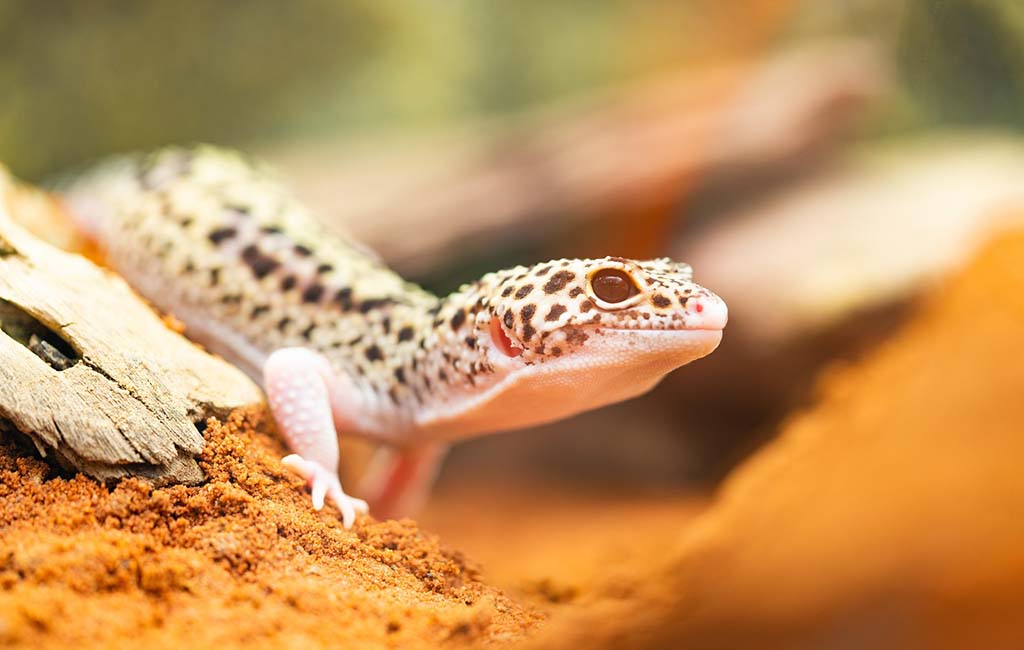
Reptiles’ metabolic bone disease
Metabolic Bone Disease in Reptiles
Reptiles, in particular, are extremely susceptible to MBD since they depend on external heat sources to function metabolically, as well as rely on ultraviolet (UVB) light to make vitamin D3, a necessary ingredient for calcium absorption. A lack of dietary calcium or exposure to UVB in sufficient quantity causes reptiles’ bodies to start taking calcium from bones, resulting in deformities and weakening.
The development of MBD in reptiles is caused due to several factors.
- Inadequate Diet
Reptiles need a calcium-rich diet and require calcium powder or gut-loaded insects. MBD occurs when there is no proper nutrition, and calcium deficiency occurs. Both leafy greens and dandelion greens can be excellent sources of natural sources of calcium for herbivorous reptiles. The use of such top-quality diets and rotating the food source can also ensure balanced nutrition.
- Lack of UVB Lighting
To make vitamin D3, reptiles require exposure to UVB light. The vitamin D derived from our diet involves the absorption of a special sort of vitamin D known as vitamin D3, which must be ingested directly, but the absorption of the diet’s calcium depends on proper utilization, and this depends on adequate UVB exposure. To get the best output, the UVB source must be at the correct distance, and bulbs must be replaced regularly.
- Incorrect Temperature
The temperature in their enclosure can vary quite a bit and sometimes not very appropriately, and unhealthy temperatures can affect digestion or even nutrient absorption. Specific temperature gradients are needed to regulate metabolic functions in reptiles. A low temperature may slow digestion down, resulting in deficiencies, and an overheated temperature can lead to dehydration and stress, respectively.
- Poor Husbandry
Gaps in enclosure setup, improper substrate, or no hiding areas can cause reptiles to become stressed and decrease their food intake, and metabolic imbalance. The prevalence of health problems might be furthered by overcrowding, incorrect humidity levels, and the absence of environmental enrichment. It is important to offer a large, well-structured habitat under proper temperature and humidity control to sustain overall good health.
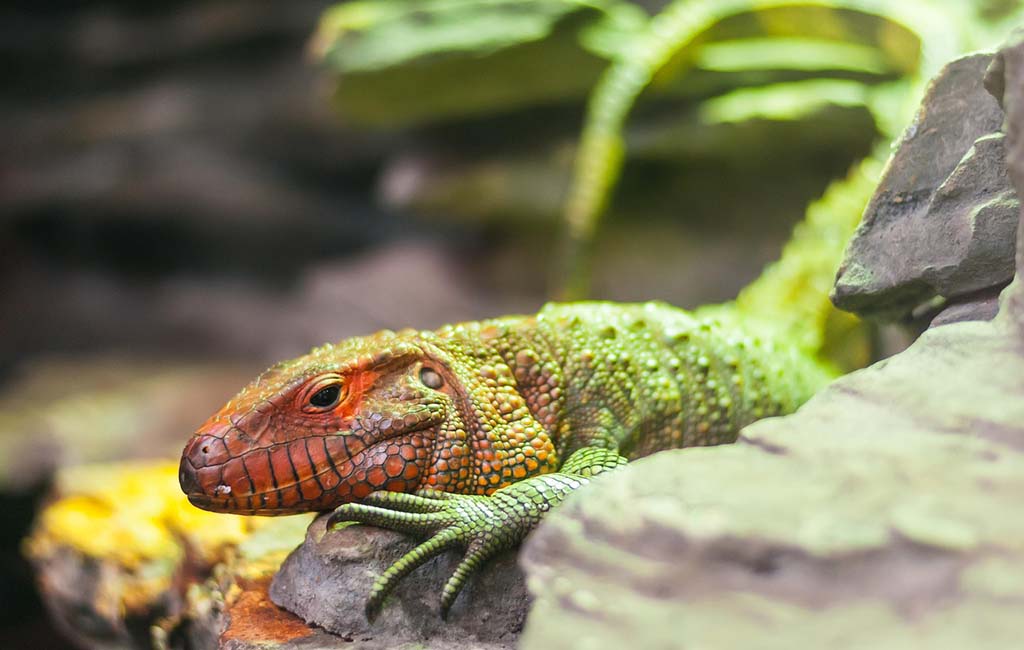
Metabolic Bone Disease in Leopard Gecko
Leopard Gecko Metabolic Bone Disease
Leopard geckos are commonly kept as pets, but are not exempt from MBD. They are different from some reptiles, being a nocturnal species that place more importance on dietary vitamin D3 supplementation than UVB exposure. Despite that, however, MBD is prevented by needing proper calcium intake and balanced nutrition.
Signs of MBD in leopard geckos include:
- Soft or rubbery jawbones
- Swollen or bent limbs
- Difficulty walking or climbing
- Tremors and twitching
- Loss of appetite
Preventing MBD in leopard geckos involves:
- Providing calcium supplements with vitamin D3
- Ensuring a well-balanced diet of gut-loaded insects
- Maintaining optimal enclosure temperatures
- Monitoring for early symptoms and addressing them promptly
Metabolic Bone Disease in Bearded Dragons
Bearded dragons are another species prone to MBD due to their high calcium and UVB requirements. As active, sun-loving reptiles, they depend heavily on UVB exposure to metabolize calcium effectively. Without proper care, they can develop severe MBD symptoms.
Common signs of MBD in bearded dragons include:
- Swollen or misshapen limbs
- Curved spine or tail deformities
- Weak grip or difficulty moving
- Lethargy and lack of appetite
- A soft jaw or facial swelling
Causes of MBD in bearded dragons include:
- Poor UVB lighting or expired bulbs
- Calcium-deficient diet
- Low temperatures affect digestion
- High phosphorus intake interferes with calcium absorption
To prevent MBD in bearded dragons, owners should:
- Use high-quality UVB bulbs and replace them every 6–12 months
- Offer a balanced diet with calcium and vitamin D3 supplements
- Maintain proper temperature gradients in the enclosure
- Regularly monitor their dragon’s health for early signs of MBD
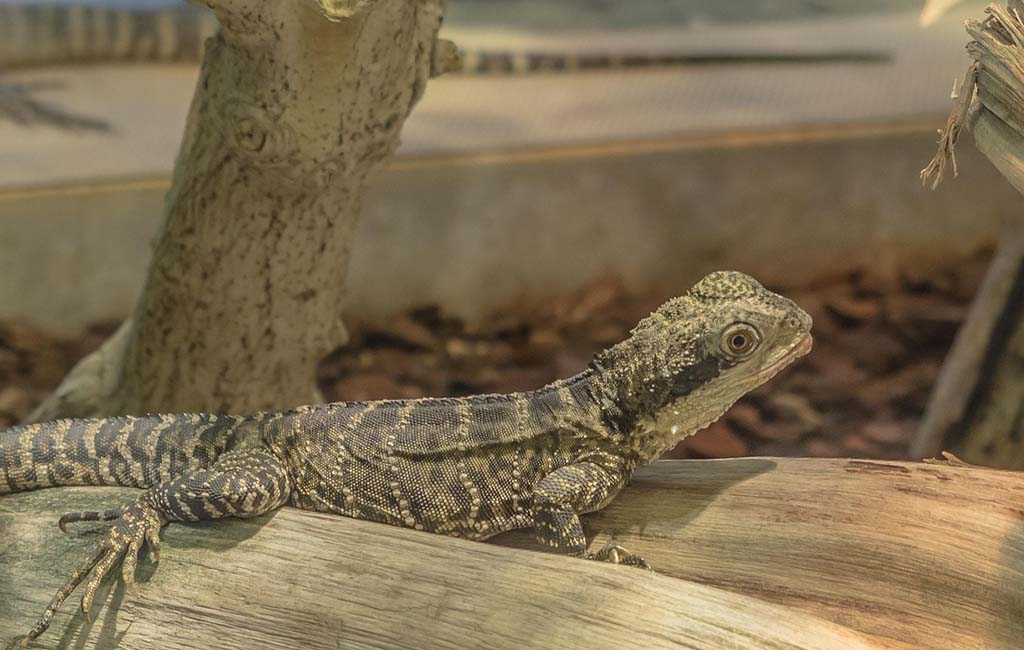
Metabolic bone disease prevention
Preventing Metabolic Bone Disease in Reptiles
Preventing MBD in reptiles requires a proactive approach involving proper nutrition, lighting, and husbandry practices. Here are key steps to ensure your reptile remains healthy and free from MBD:
1. Provide a Calcium-Rich Diet
- A high in calcium and low in phosphorus diet is perfect for reptiles. Some high-phosphorus foods can result in calcium not being absorbed.
- If the reptile isn’t exposed to enough UVB light, use calcium supplements, preferably with vitamin D3.
- Nutritious foods for the gut loading of feeder insects before offering to reptiles.
2. Ensure Proper UVB Lighting
- Keep your reptile species provided with high-quality UVB bulbs.
- UVB bulbs last a certain amount of time, and their output will diminish; therefore, they replaced regularly.
- The enclosure should allow enough exposure to UVB light and should be free of glass or plastic barriers, reducing the amount of UVB light you will be exposed to.
3. Maintain Optimal Enclosure Conditions
- Keeping enclosure temperatures within the recommended range for your reptile species aids digestion and nutrient absorption.
- Provide proper humidity levels, as dehydration can worsen metabolic imbalances.
- Offer naturalistic basking areas and hiding spots to promote natural behaviors and reduce stress.
4. Regular Health Monitoring
- Observe your reptile for early signs of MBD, such as difficulty moving, weak limbs, or loss of appetite.
- Schedule regular veterinary check-ups for expert guidance on diet and care.
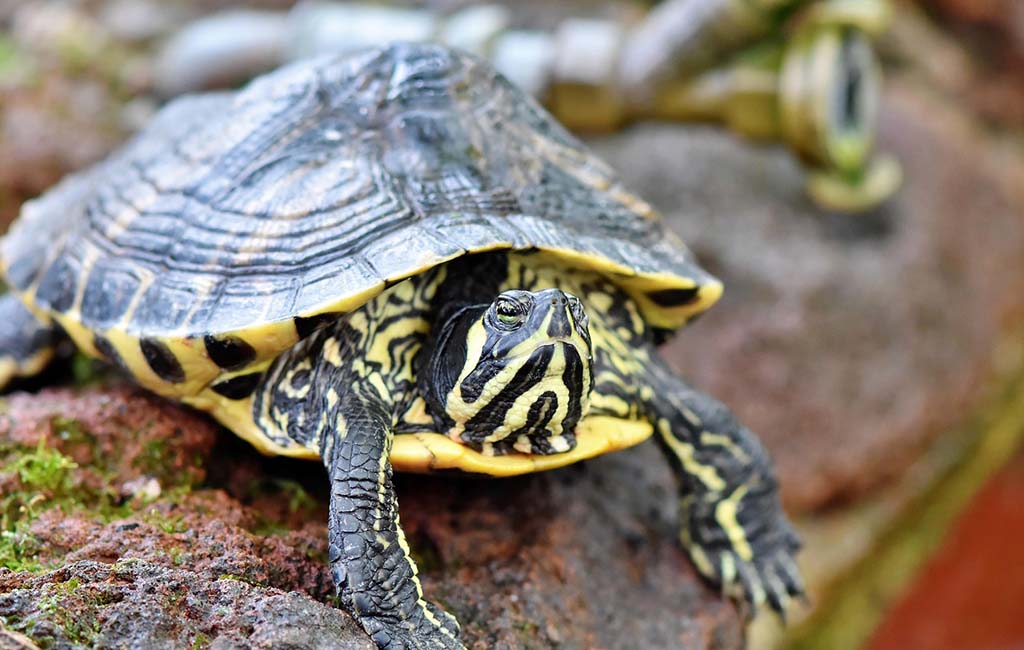
Reptile free from MBD
Closing Remarks
Metabolic Bone Disease is a severe, easily preventable problem in many pet reptiles. The first thing to do is to ensure your reptile is getting proper UVB lighting, a well-balanced diet, and an appropriate environmental condition with a minimum temperature of 75.8°F. Healthy, active, and free reptiles from the devastating effects of metabolic bone disease. Being vigilant and proactive in care will help!


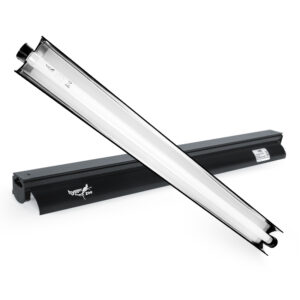
Leave a comment